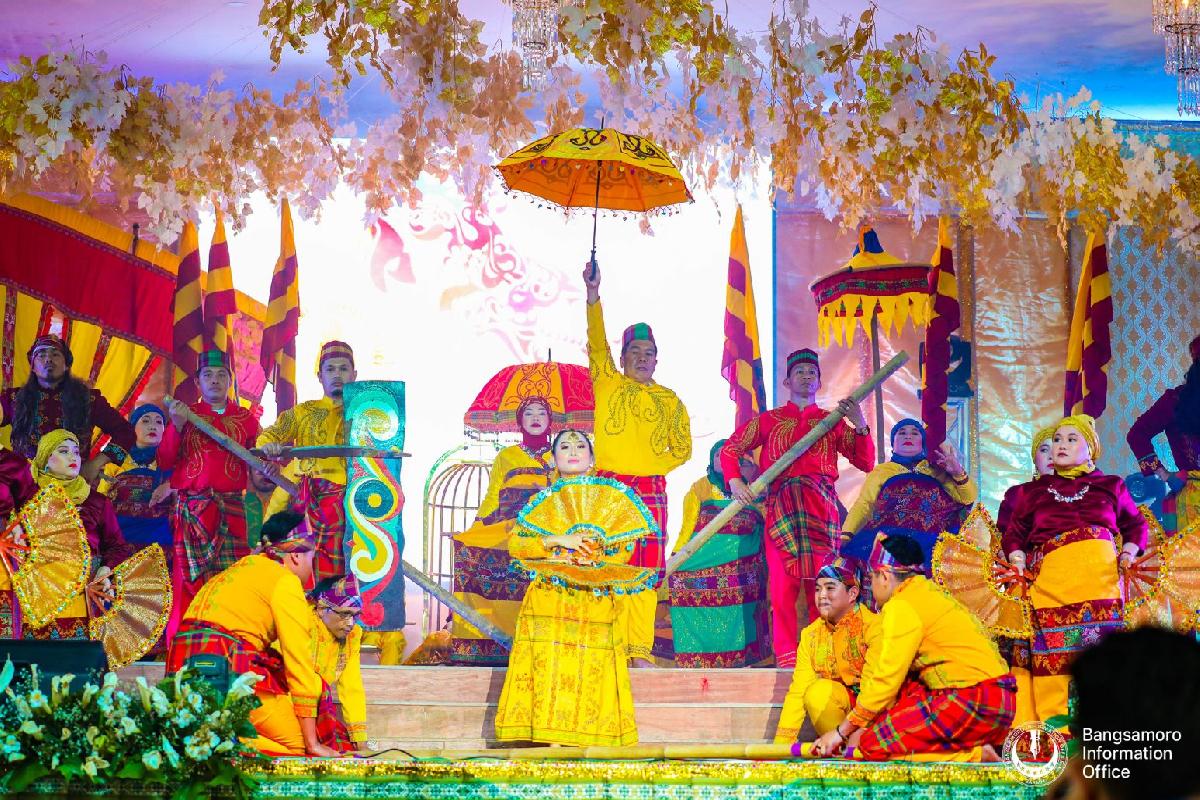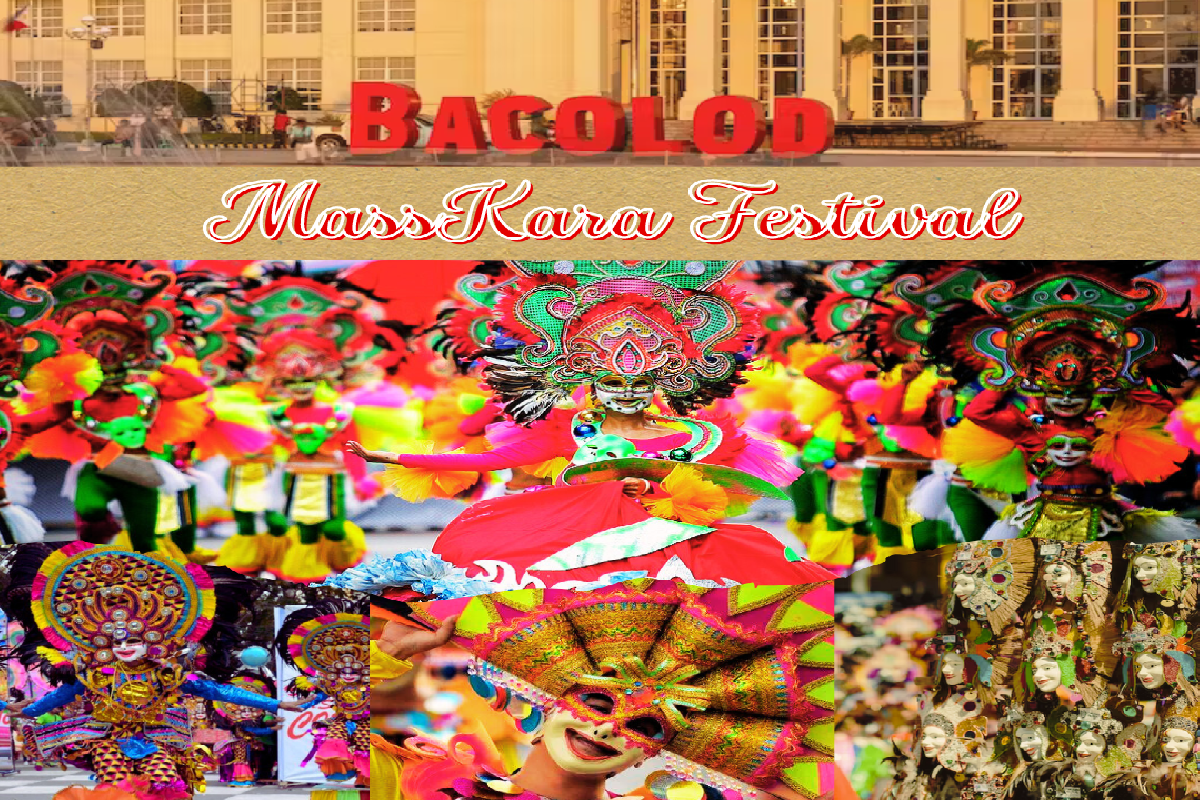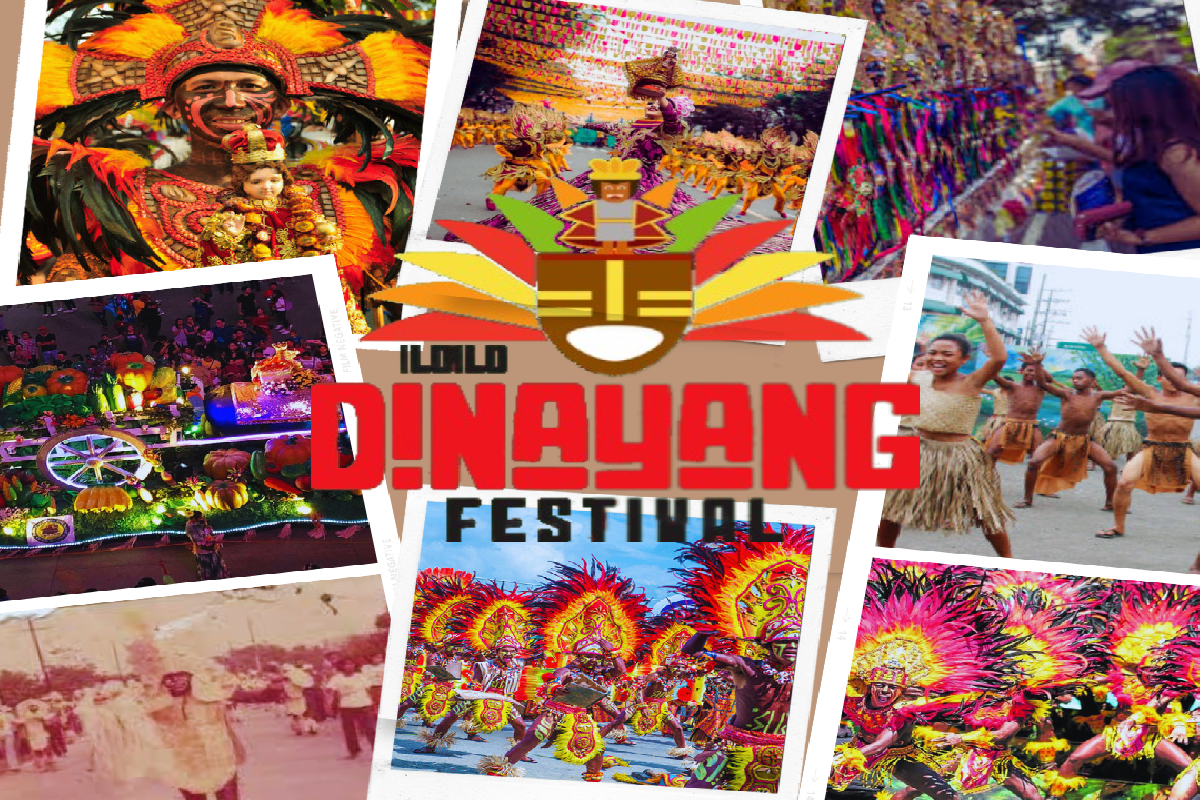Maranaos-The People of the Lake
Maranaos- The People of the Lake
The Philippines is composed of 3 major islands; Luzon, Visayas and Mindano. Each major island is surrounded by large bodies of waters such as lakes and rivers which mold the locals to a certain way of living to get through their lives. In Mindanao, we have 2 known classification of these dwellers, we have the LUMAD (which I will tackle on a different article) and the Moros which occupies the Bangsamoro Region.
For this article, I will take you down through the mountains of Lanao del Sur and Lanao del Norte, where you can find one of the most sophisticated group of people (based on my experience)- the Maranao- the Lake People.
The Maranao people (Maranao: ['mәranaw]; Filipino: Maranaw), also spelled Meranao, Maranaw, and Mëranaw, is the term used by the Philippine government to refer to the southern indigenous people who are the "people of the lake". They are famed for their sophisticated weaving and wood and metal craft. Maranao means "People of the Lake," after their traditional territory in the area surrounding Lake Lanao in the Bukidnon-Lanao Plateau, which is some 2,200 feet above sea level. They are one of the largest Islamic groups in the Philippines.
Maranao Beliefs
The Maranao, in contrast to the majority of Filipinos, are a conservative Muslim group who preserve the beliefs and practices of Islam that were introduced by Muslim missionaries in the 14th and 15th centuries. Despite the modernization brough about by the 20th century, the Maranao people were able to uphold their beliefs, culture and tradition.
Lengend of the Sarimanok
One thing that is very distinct when I first entered Lanao del Sur is the designs of its architecture, designs include a bird like figure which is called the Sarimanok.
The Sarimanok is a legendary bird that serves as the symbol of the Maranaos. Came from the words “sari” (a garment of different colors deeply related to their culture) and “manok” (rooster with its beautiful and colorful feathers), it, accordingly, represents good fortune and prosperity and is also an essential trademark of their art forms.
The folklore of Sarimanok is traced back to a folk hero named Rajah Indarapatra, who married a water nymph, Putri. They had two sons: the Seen, who is ancestor of the present day maranaos, and Unseen, who became the deity that they call on in their rites and rituals. Accordingly, the two brothers made an agreement to protect each other from malevolent spirits that could cause illnesses.
The itotoro or the totem bird (rooster), which is taken-cared of by the Seen (Maranaos), served as the link to the Unseen spirits.
CULTURAL DANCE
I went into Mindanao State University in college. I remembered during those days that school celebrations will never be complete without the colorful Maranao dance. The Maranao’s traditional and cultural dances were created from the Darangen, an ancient epic of the Maranao community.
In addition, we have the Kapmalo-malong, also known as Sambi sa Malong, is an elegant cultural dance that exemplifies different ways of using malong. Performed by men and women, the dance highlights malong‘s colorful designs and how it is worn.
Royal Celebrations calls for the Singkil Dance, a popular form of dancing in which the woman is elegantly dressed and gently steps in and out of the clipping bamboos while holding a fan and moving to the accompaniment of kulintang [a set of eight small gongs of bronze, on a wooden stand in the shape of a Sarimanok] and agung [a set of two wide-rimmed, vertically suspended gongs used by Filipino-Muslim] which are the main instruments used in singkil music.
Lastly, we have the Kapagapir-apir, a traditional in which the ladies gracefully perform with their hands, holding fancily colored fans, and then slowly moving in small steps [kakini-kini] while twisting and balancing, with fans covering their faces.
MARANAO CUISINES
Majority of my childhood, including my beliefs, how I deal with other people and of course my taste buds are strongly honed by the southern culture in Mindanao. That being said, I am not a huge fan of spicy food, fatty cuisines among others. When I came to Lanao del Sur, it was a total culture shock for me I would admit. I was a working student, which meant I am in charge of the cooking in the house, which also meant that I need to follow the Maranao cooking tradition. I was expose to Sakurab which is a local delicacy made with palapa (dried coconut shavings and dried chili), local native scallions and chili. It’s a common appetizer for the Maranaos. Later on, I was trained and then mastered cooking popular dishes like pyaparana manok (chicken with coconut meat), beef randeng (beef with coconut), bakas (tuna fish), and badak (jackfruit) with coconut milk and powdered turmeric [kalawag], which adds a yellowish color that sets their food apart food from other Muslim Mindanao cuisines. Last but surely not the least, sweet delicacies includes sticky rice flour with coconut milk and brown sugar such as dudol, tamokansi, tiyatag, pabrot.
Family
I spent 6 years living with a Maranao family. For all those years, I can attest that Maranao children are very obedient with their parents, regardless of their age. Not only to their biological parents but it is also extended to the immediate family members. These children also pays so much respect to their grand parents.
Another tradition that is practiced by the Maranaos is called “parental” marriage. This is where the parents are the ones who will decide who will marry their sons or daughtera. The parents of both sides will have an agreement how much dowry will be given by the parents of groom side to the parents of the bride side. Before the wedding ceremony takes place, the giving of the dowry or 'Mahr' among Muslim Meranaws is done during a 'Dialaga' (engagement) or the 'Kapamaton sa Tamok' (giving the dowry). Although I am not in favor of such, but who am I to judge someones beliefs, culture and tradition?
Nonetheless, my 6 years experience living with the Maranaos, exposed to their culture will forever be part of who I am now and how I look at things now and moving forward.
Related articles:
https://bangsamoro.gov.ph/news/latest-news/sarimanok-rising-the-colorful-culture-of-maranaos/
https://www.google.com/searchq=maranao&tbm=isch&ved=2ahUKEwjfqNrMmIT7AhUEAN4KHZJ6A4IQ2cCegQIABAA&oq=maranao&gs_lcp=CgNpbWcQAzIHCAAQsQMQQzIECAAQQzIECAAQQzIECAAQQzIECAAQQzIFCAAQgAQyBQgAEIAEMgUIABCABDIFCAAQgAQyBAgAEEM6CAgAEIAEELEDUNwFWJs0YOY1aAFwAHgDgAF1iAHSC5IBBDEyLjWYAQCgAQGqAQtnd3Mtd2l6LWltZ7ABAMABAQ&sclient=img&ei=FXVcY5_KO4SA-AaS9Y2QCA&bih=511&biw=1187&rlz=1C1CHZN_enPH969PH969#imgrc=UpuxfyXaCs_N8M
https://www.google.com/searchrlz=1C1CHZN_enPH969PH969&q=Maranao+wedding+tradition&sa=X&ved=2ahUKEwjkxojxnYT7AhUKTWwGHdajArkQ1QJ6BAg_EAE&biw=1187&bih=448&dpr=1.15
Show More







Comments